Myra Gold releases her debut single, ‘Open Heart Surgery’
Rising from Gqeberha, South Africa, Myra Gold steps into the global spotlight with the release of her debut single, Open Heart Surgery, marking the arrival of an artist intent on shaping the future of Afro Pop.
Open Heart Surgery is a daring first statement: smooth and hypnotic, wrapped in late-night mood and anchored by a chant-like hook that demands to be remembered. The track is both intimate and commanding, and captures the dangerous thrill of letting someone close, using the metaphor of surgery to explore the tension between passion and vulnerability, strength and surrender.
For Myra Gold, the single is deeply personal. “Open Heart Surgery is about what it really feels like to let someone close enough to see all of you, the good, the scars, and the soft parts. Love can feel exciting but also risky, like you’re handing over your heart and hoping they don’t break it. I wanted the song to capture that mix of passion, fear, and surrender but still with strength at the core and giving the vibes,” she shares.
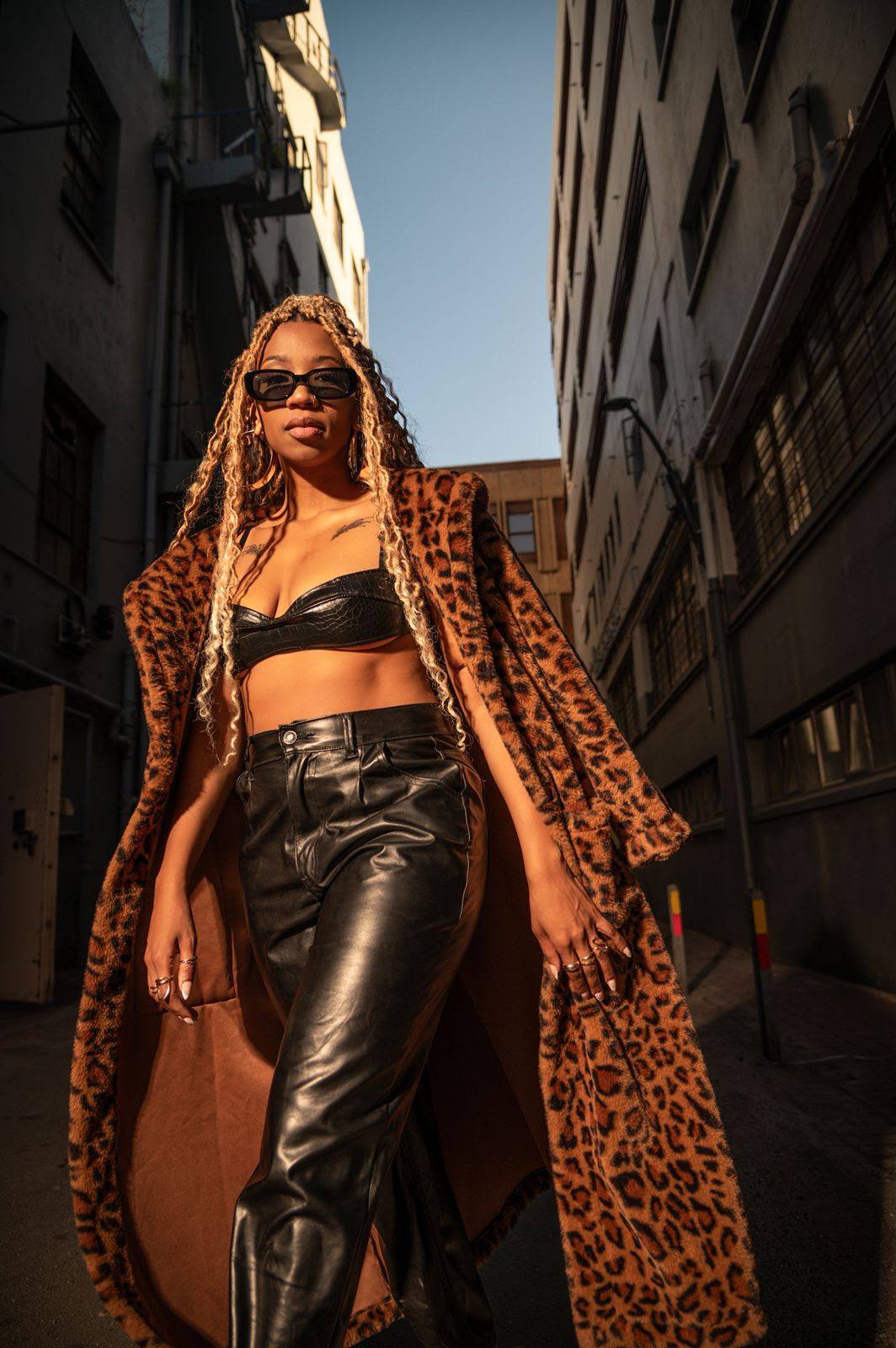
Beyond the music, Myra Gold’s artistry extends beyond sound into visuals, fashion, and storytelling, where she takes complete ownership of her creative direction. She represents a golden standard: authenticity without apology, boldness without compromise.
The release of Open Heart Surgery is just the beginning of what Myra calls her “Golden Era.” With more singles and a full project on the horizon, she is set to carry South African music onto the global stage while inspiring listeners to embrace vulnerability as a form of strength. As she steps forward, one thing is undeniable: Myra Gold is not chasing a moment, she is the moment. And she’s just getting started.
Make sure to stream or download Open Heart Surgery today and request it from your favourite radio stations.
Connect with Myra Gold:
Facebook: @myragoldofficial
X: @myragold_
Instagram: @myragoldofficial
TikTok: @myragold_official
Listen to ‘Open Heart Surgery’ Here
Press release courtesy of Sheila Afari PR

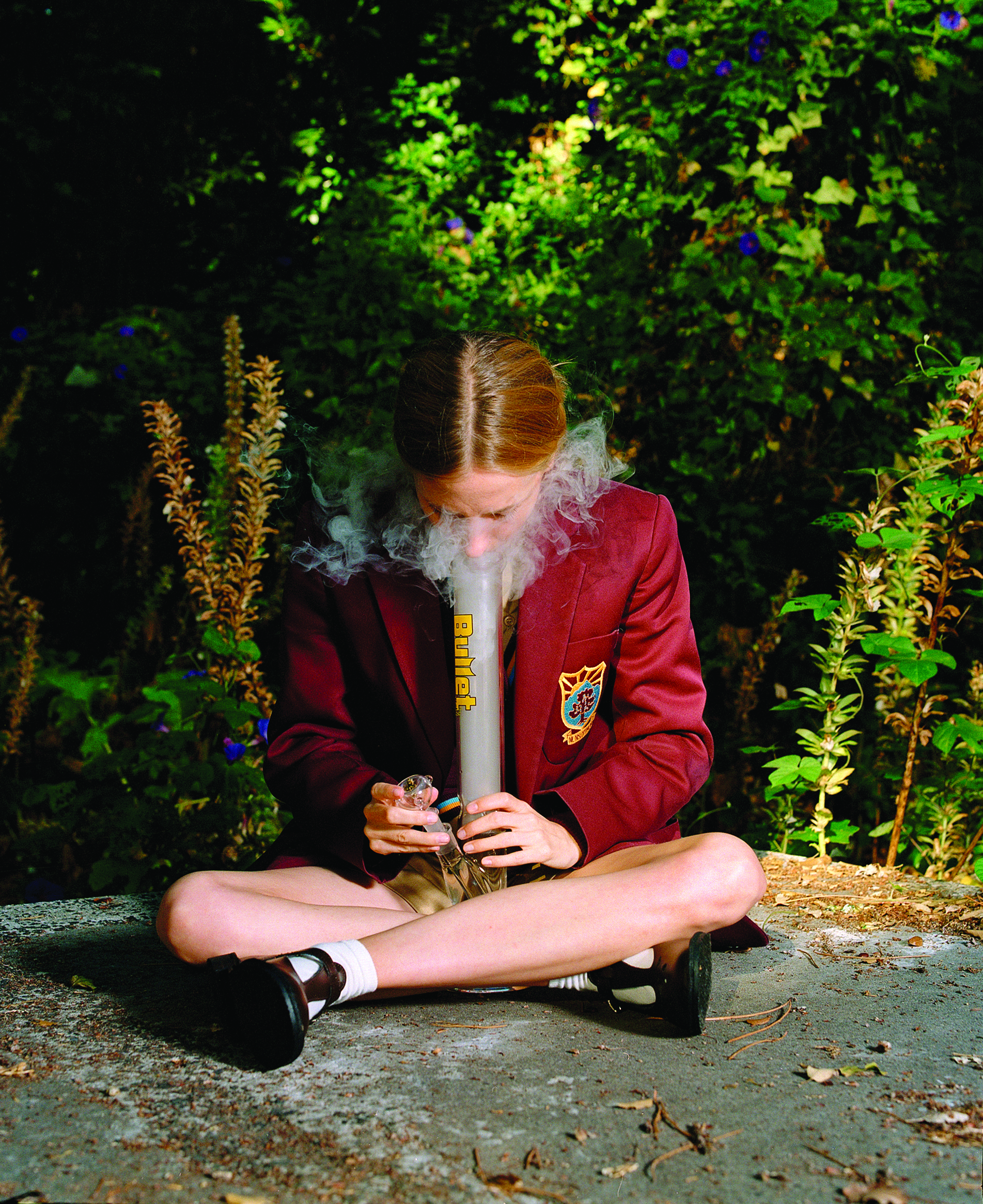
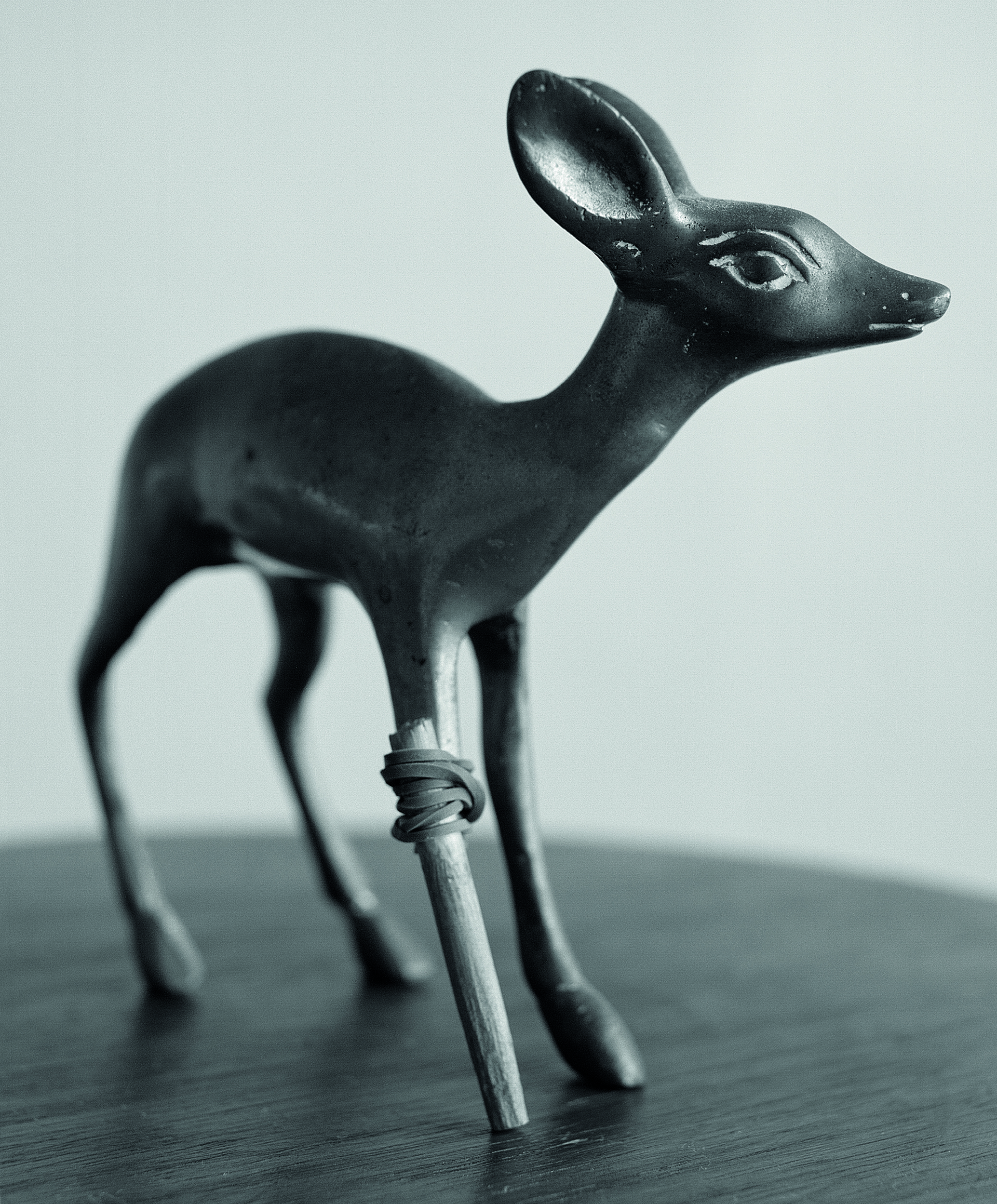
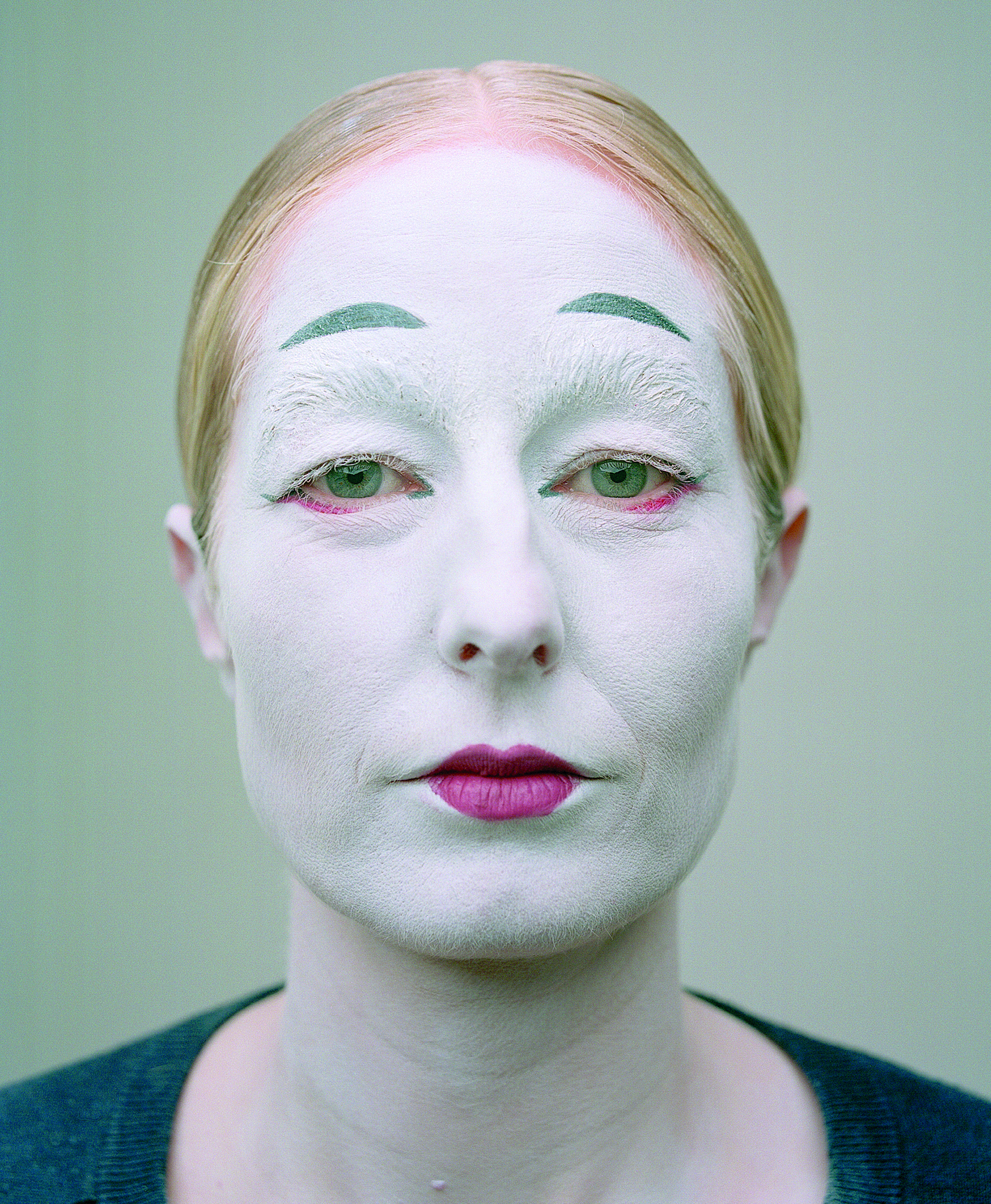
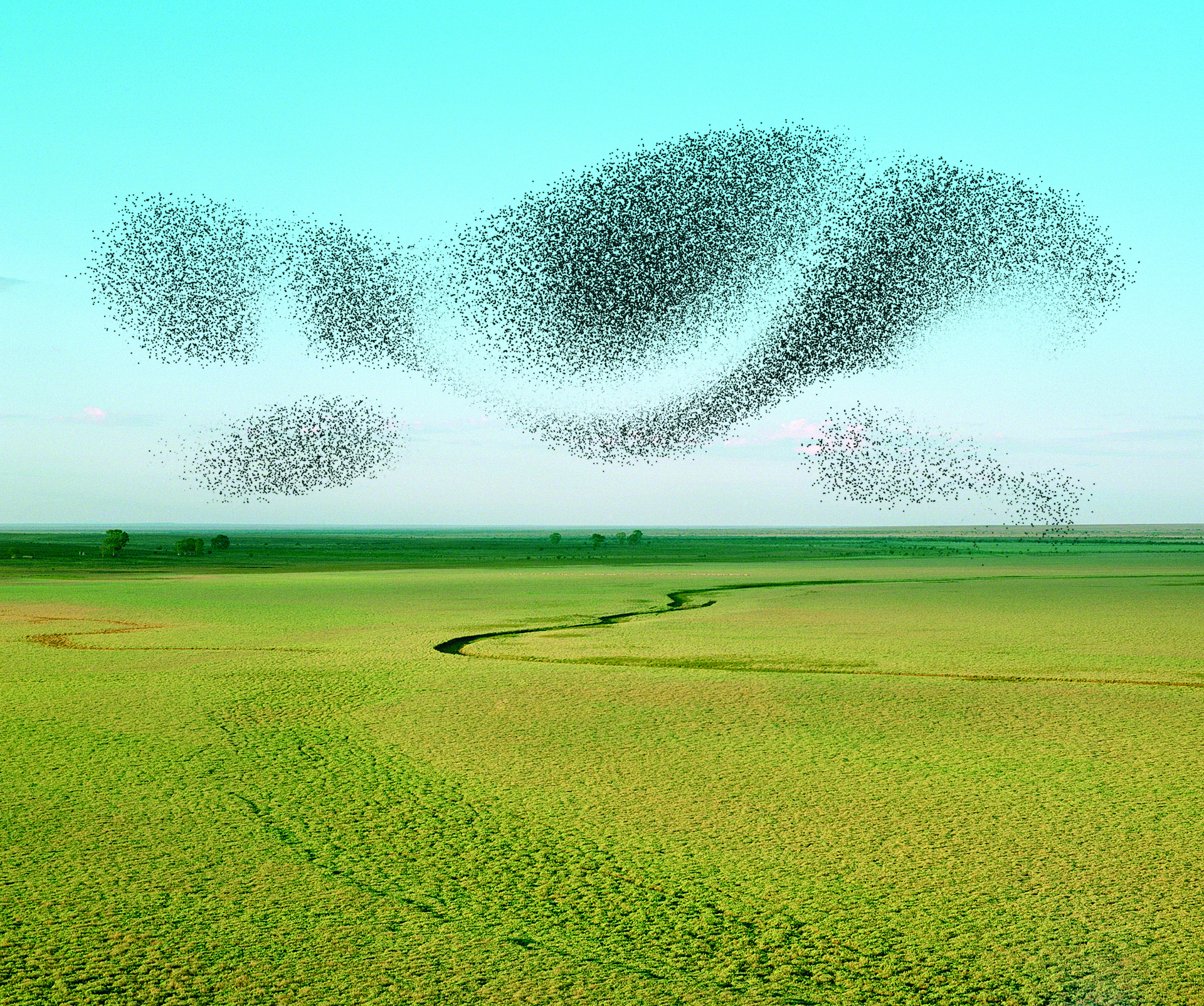

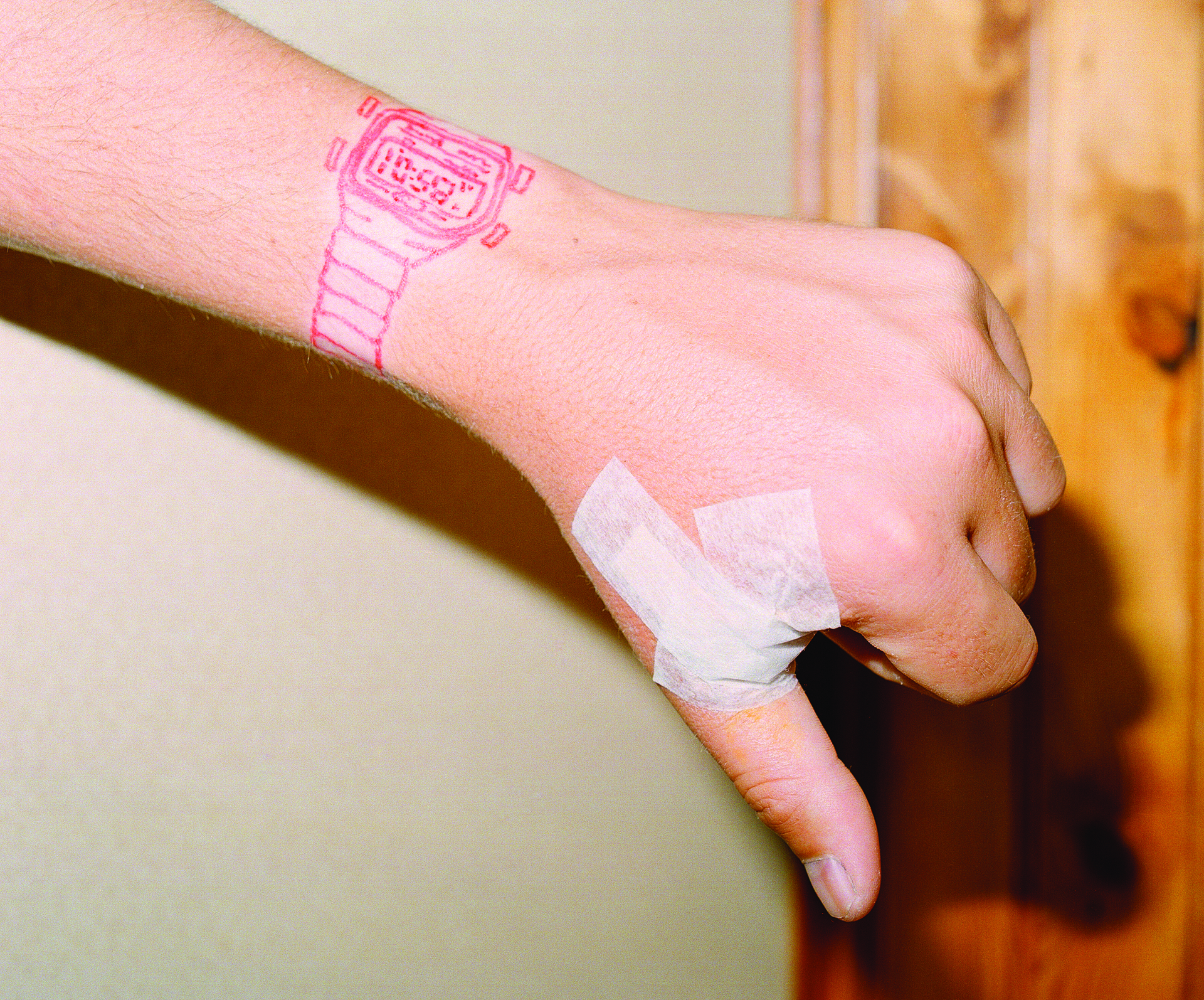
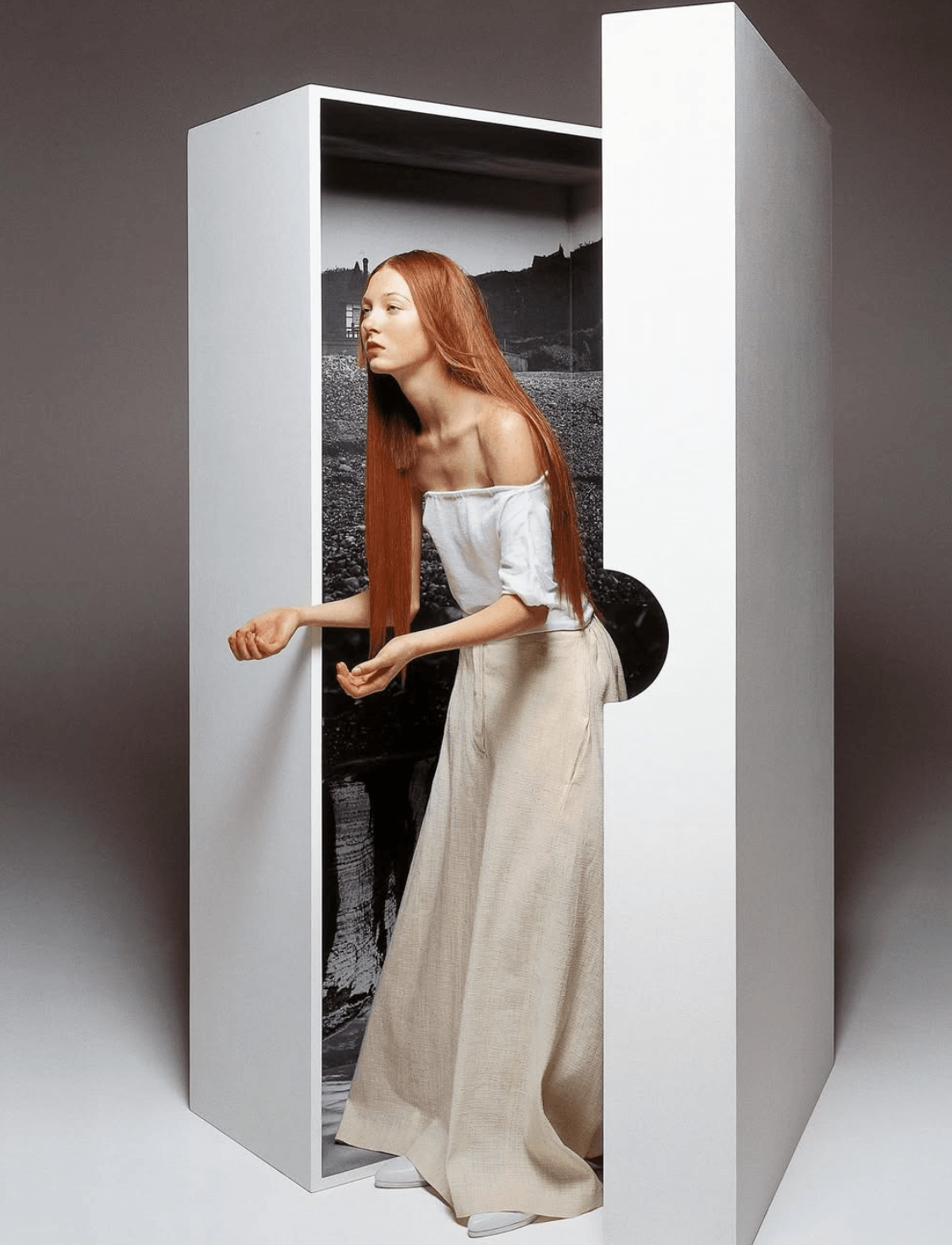
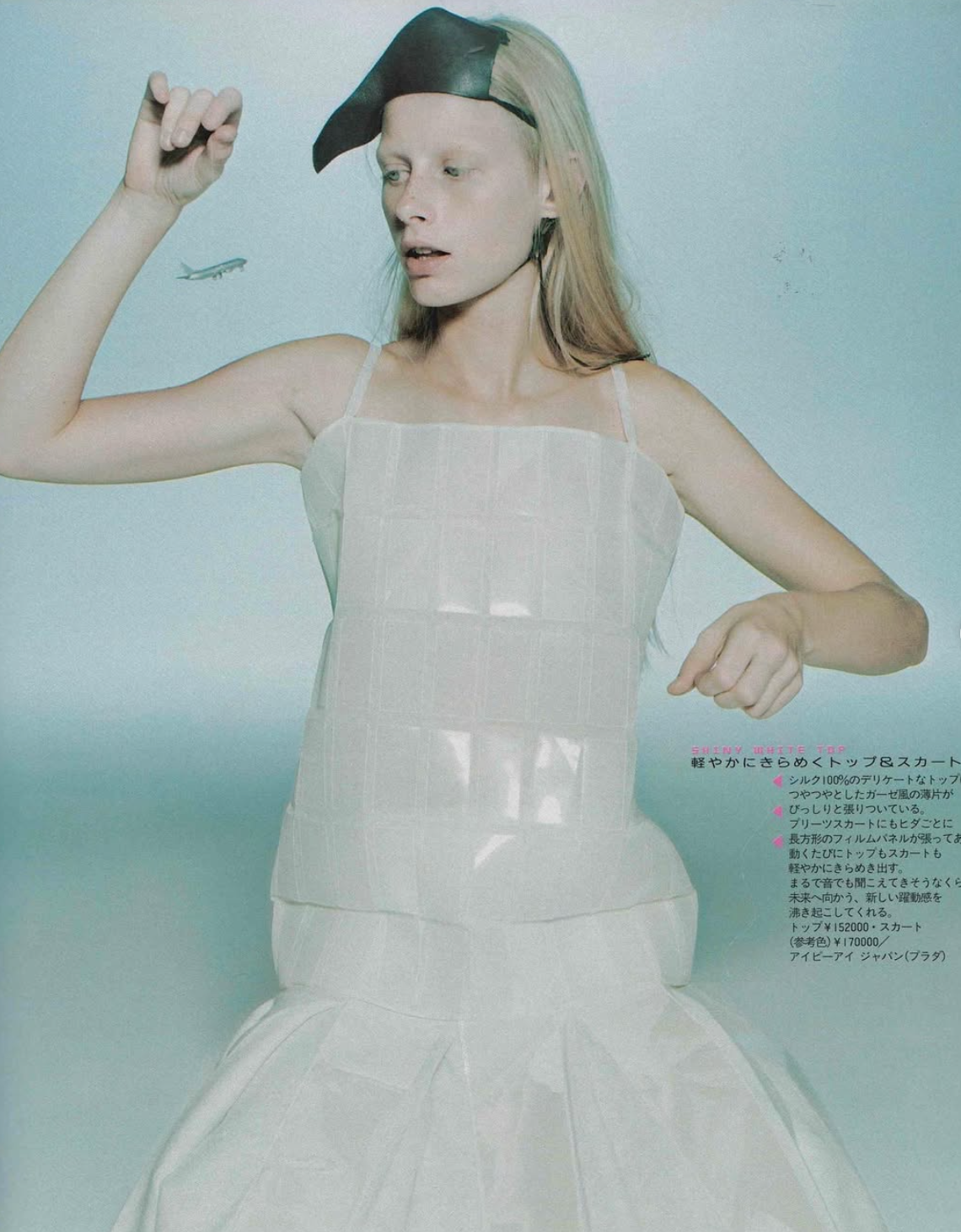
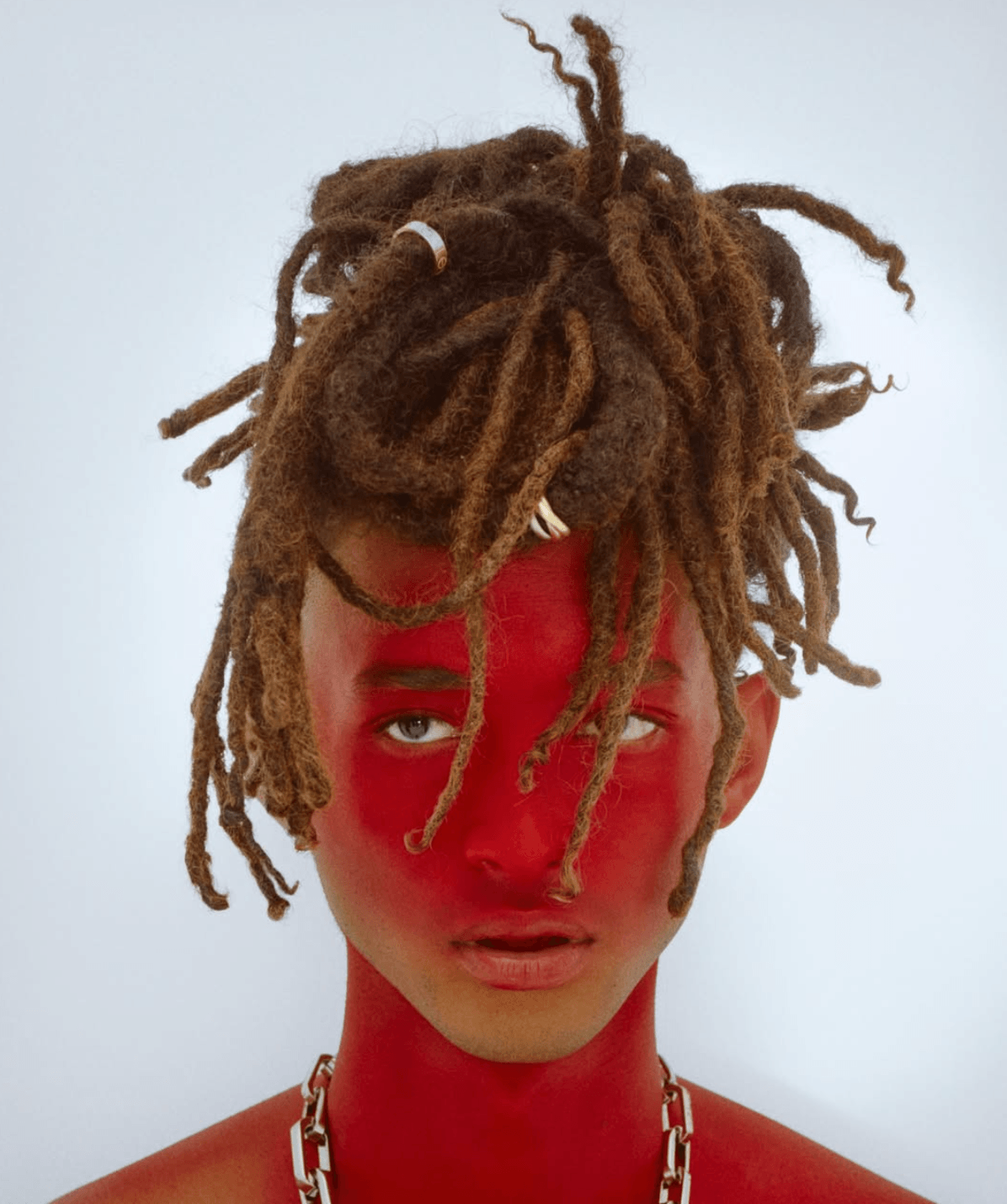
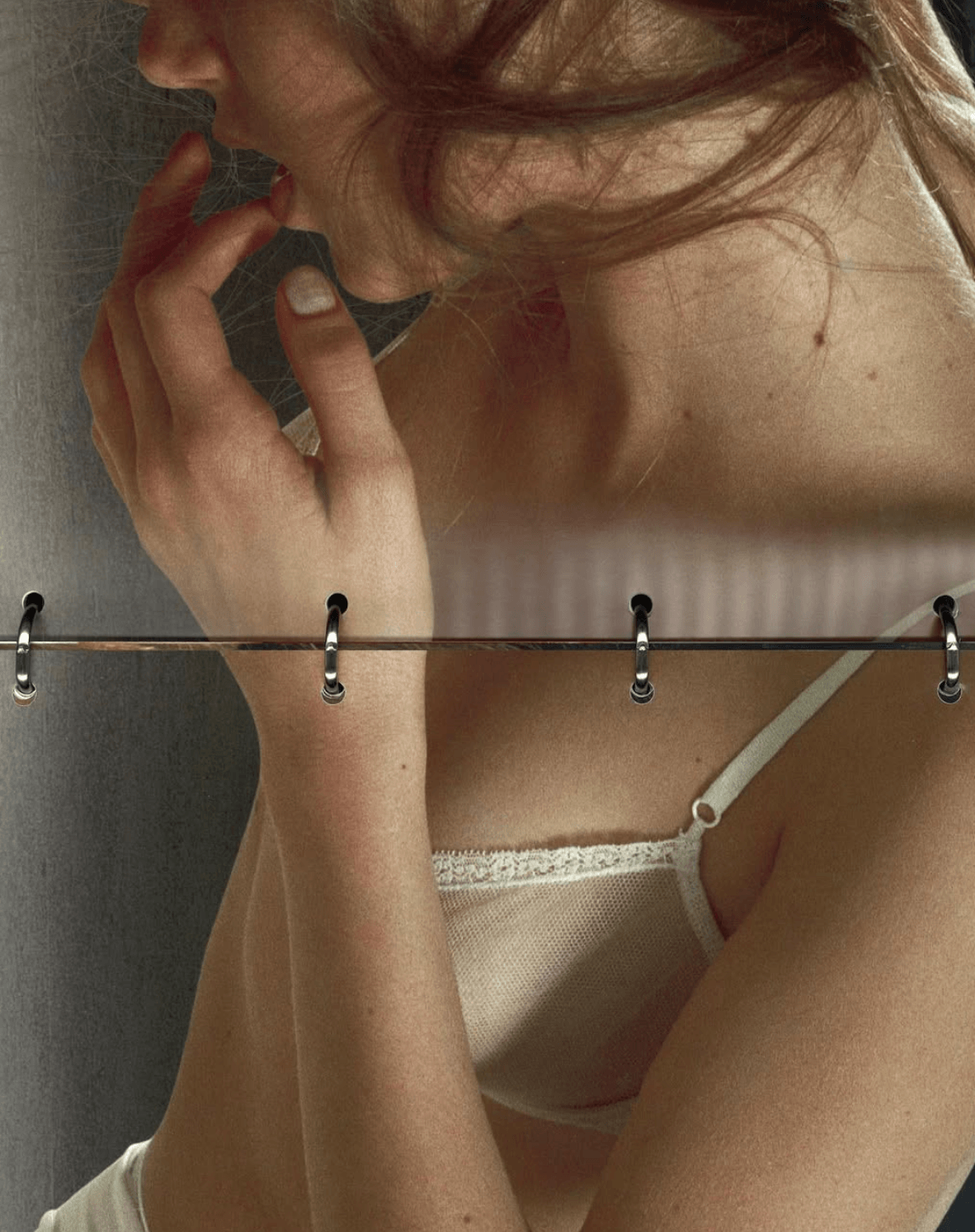
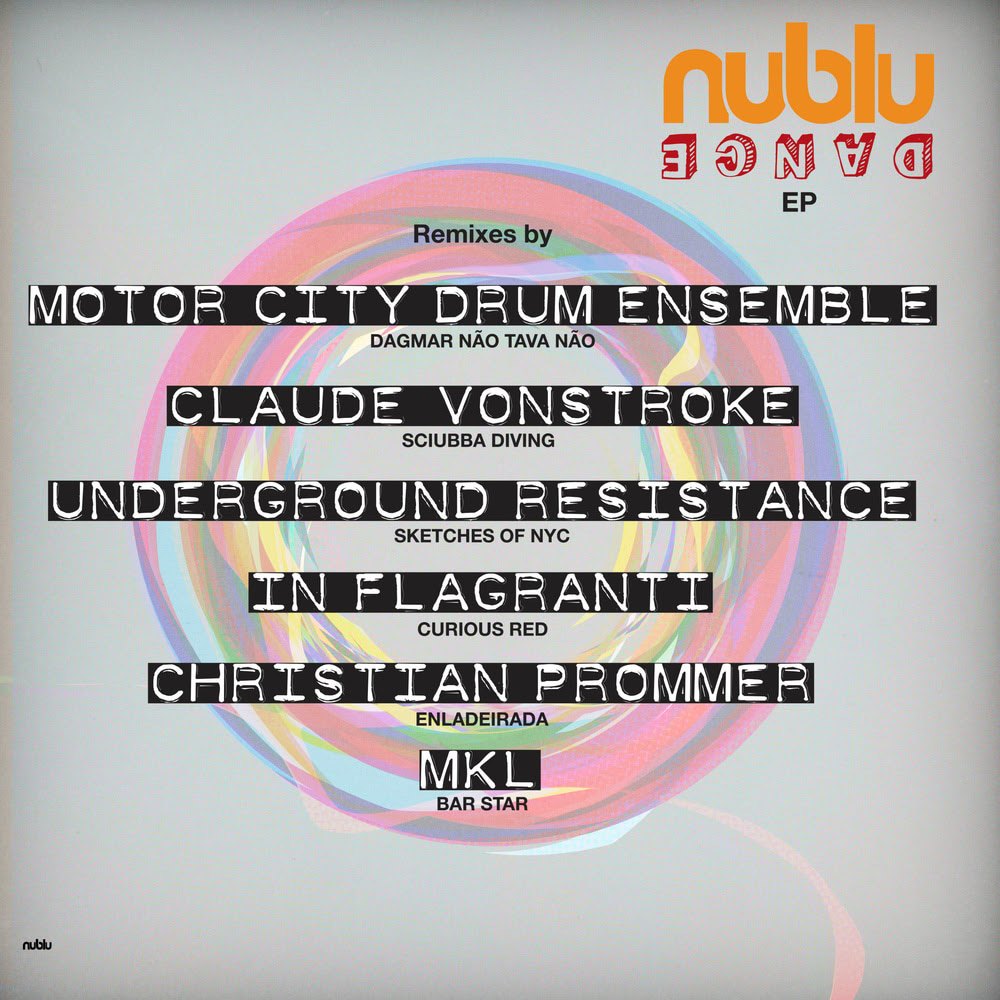
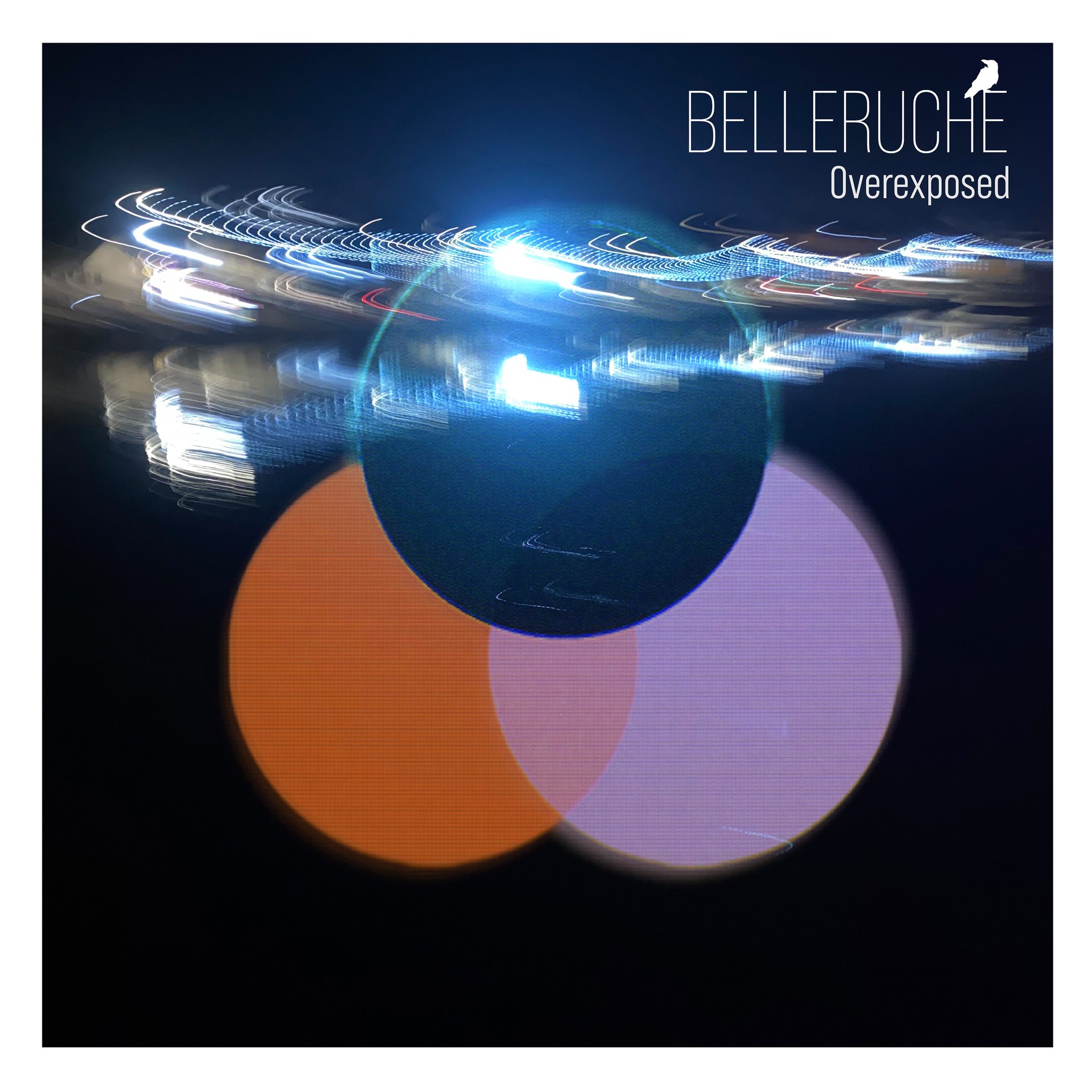
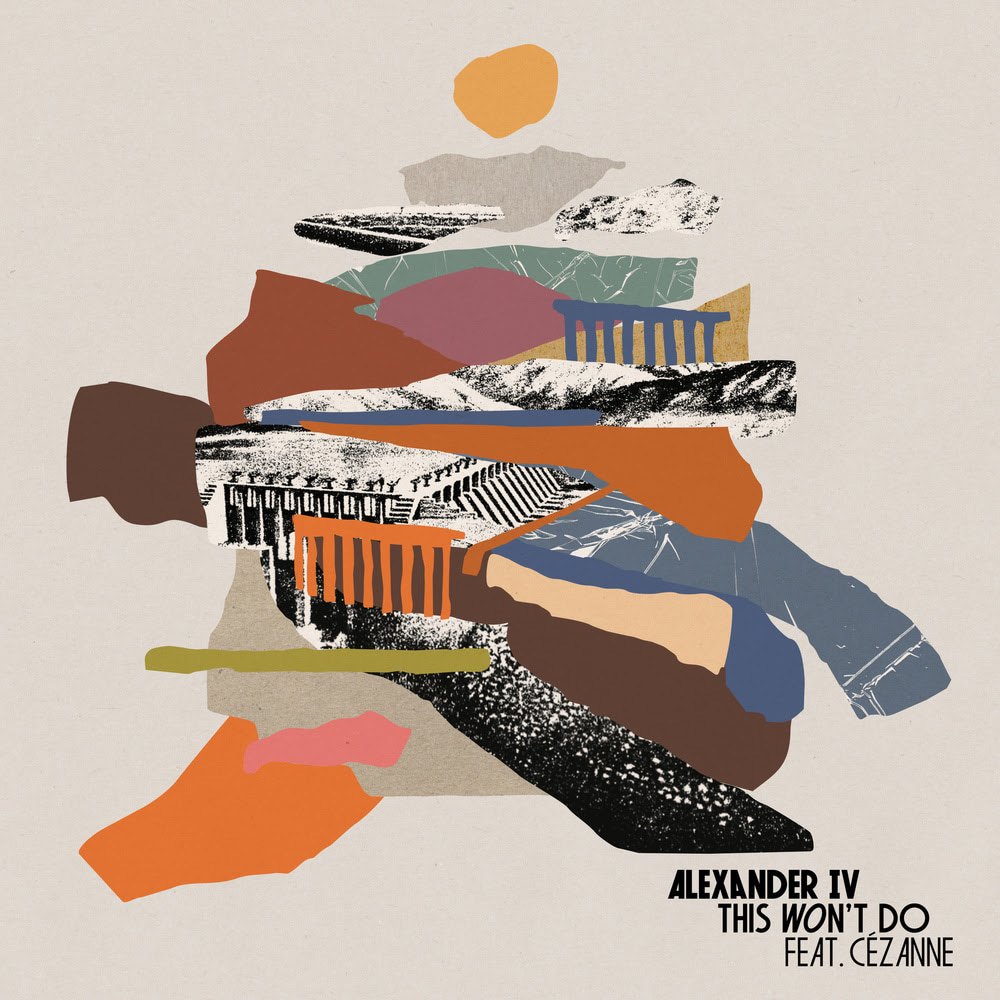
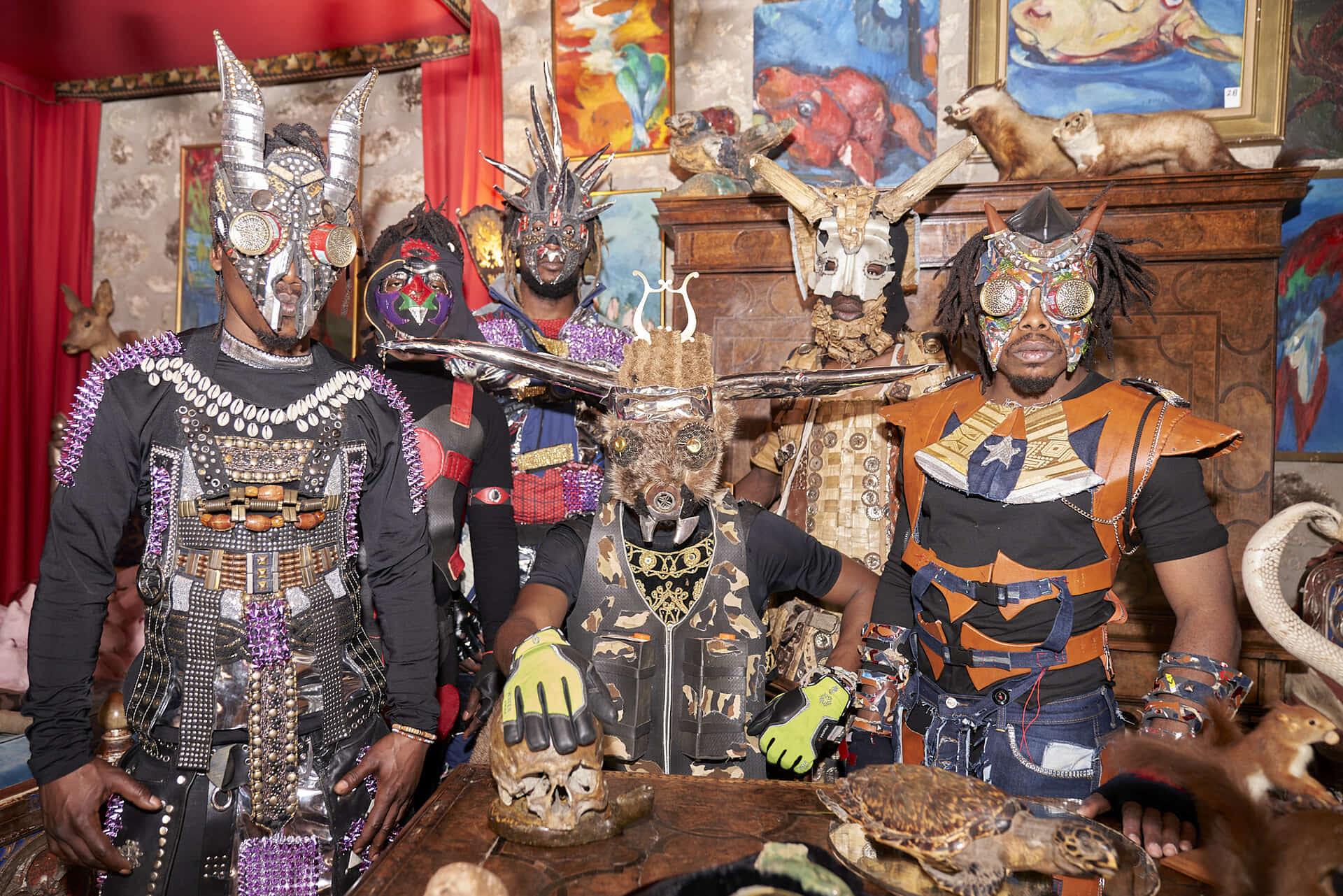
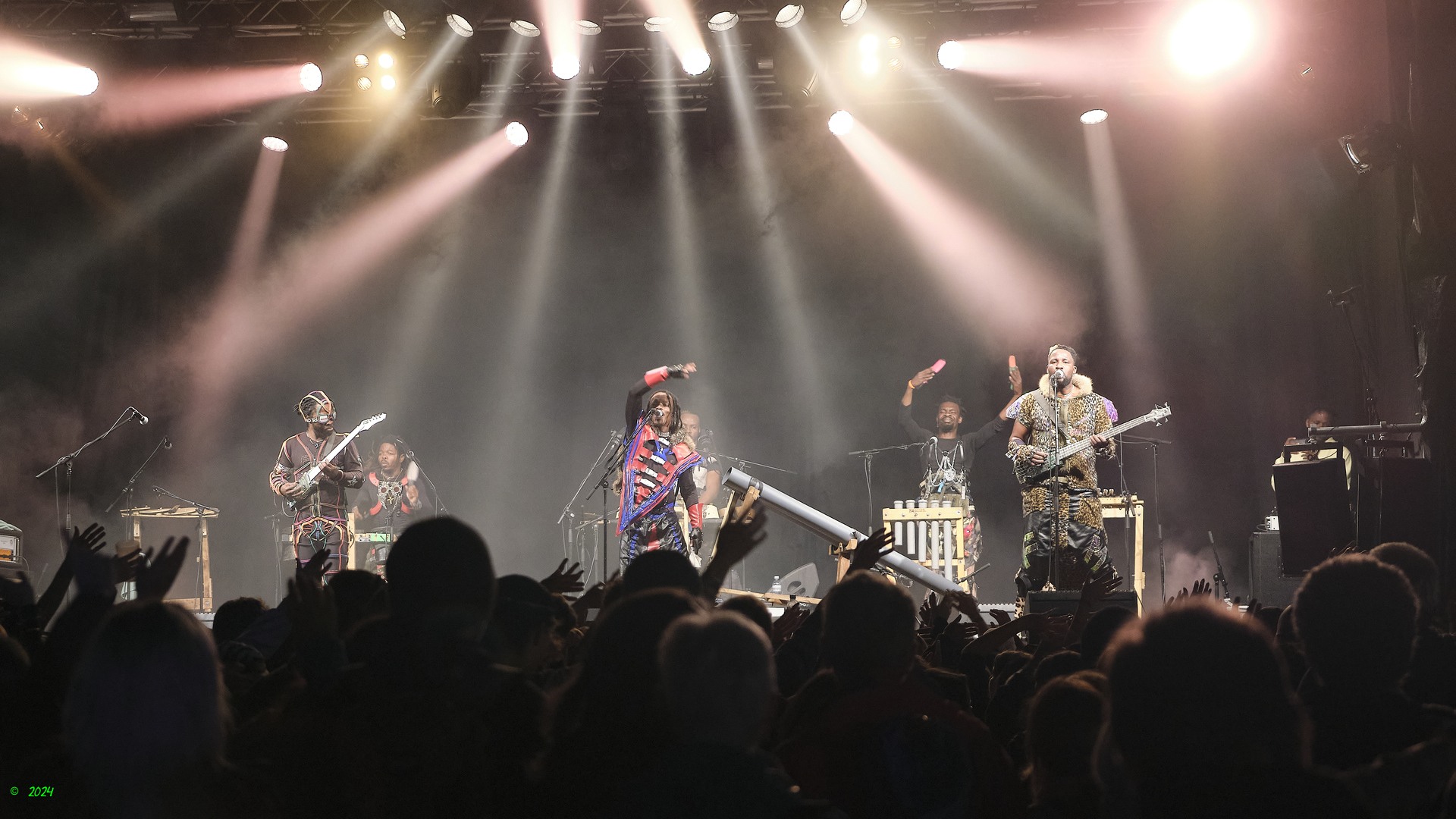
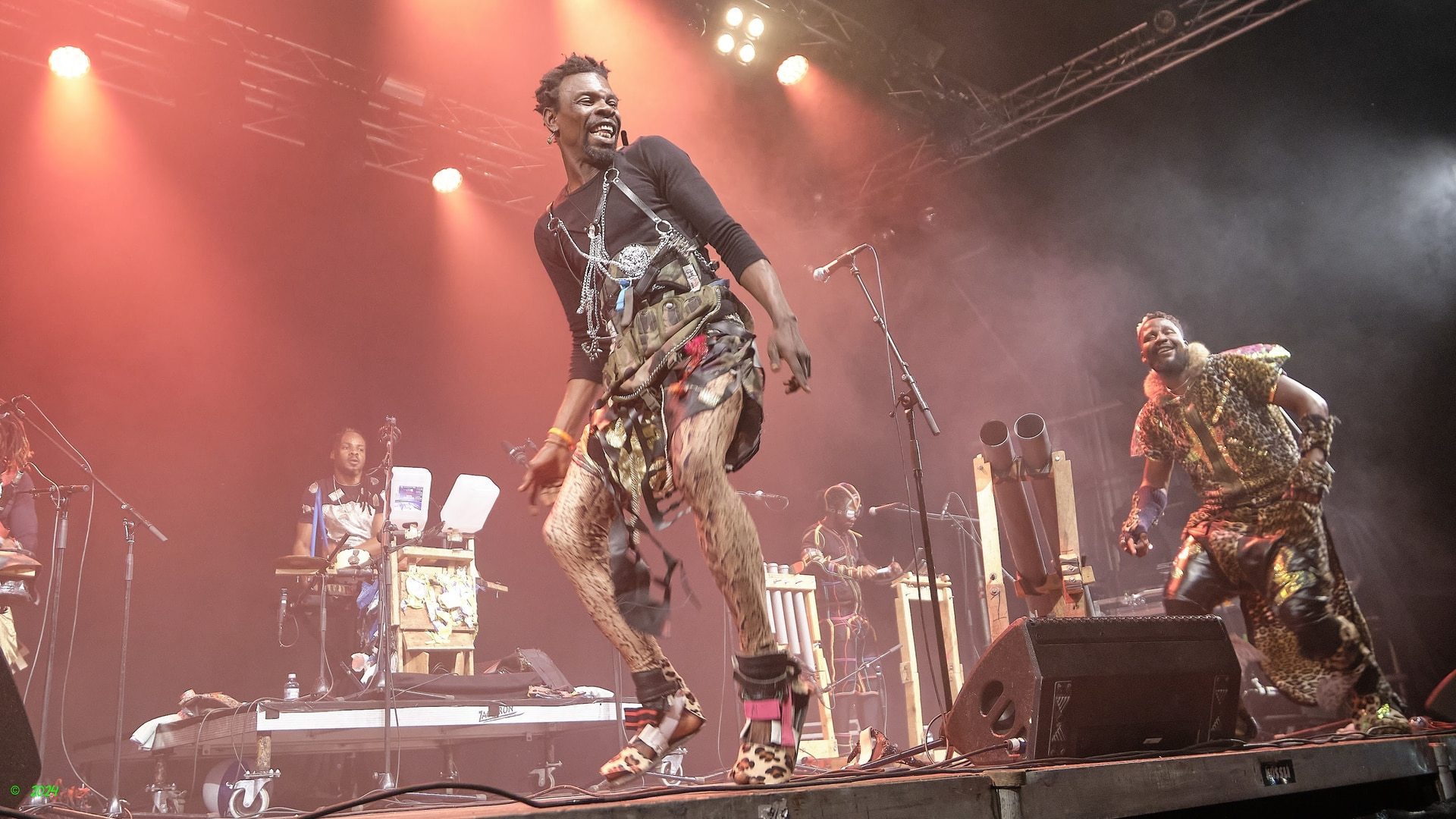
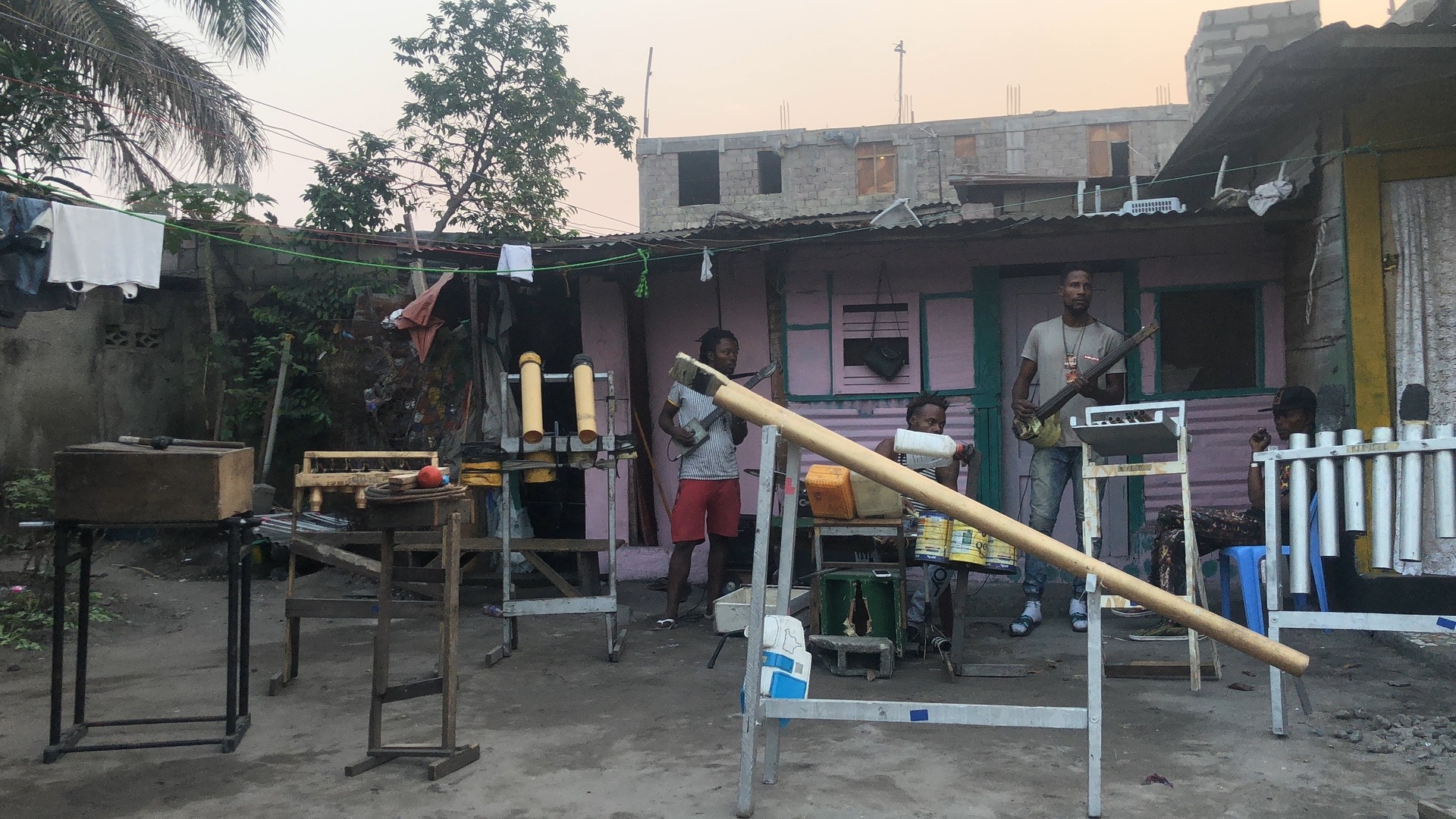
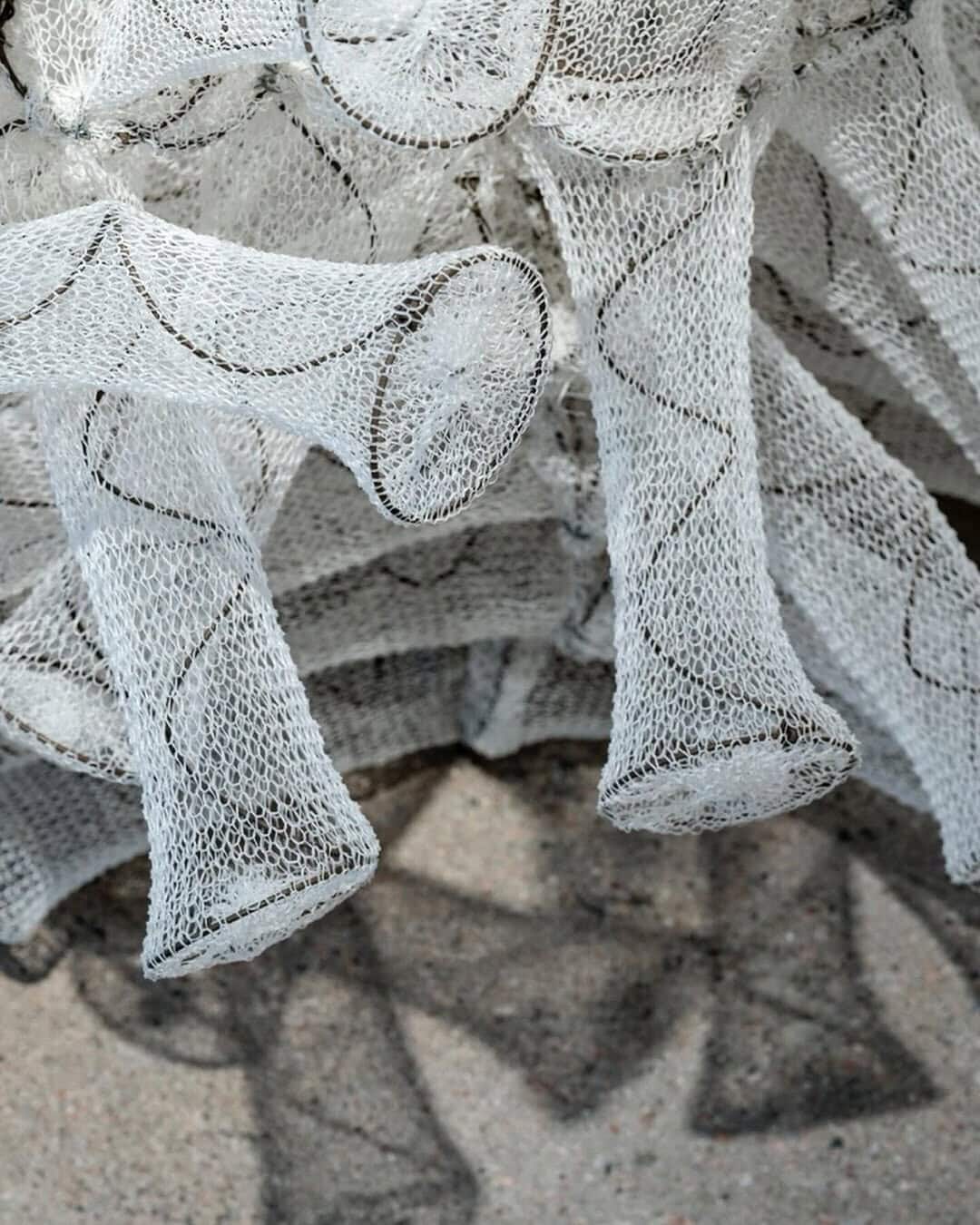
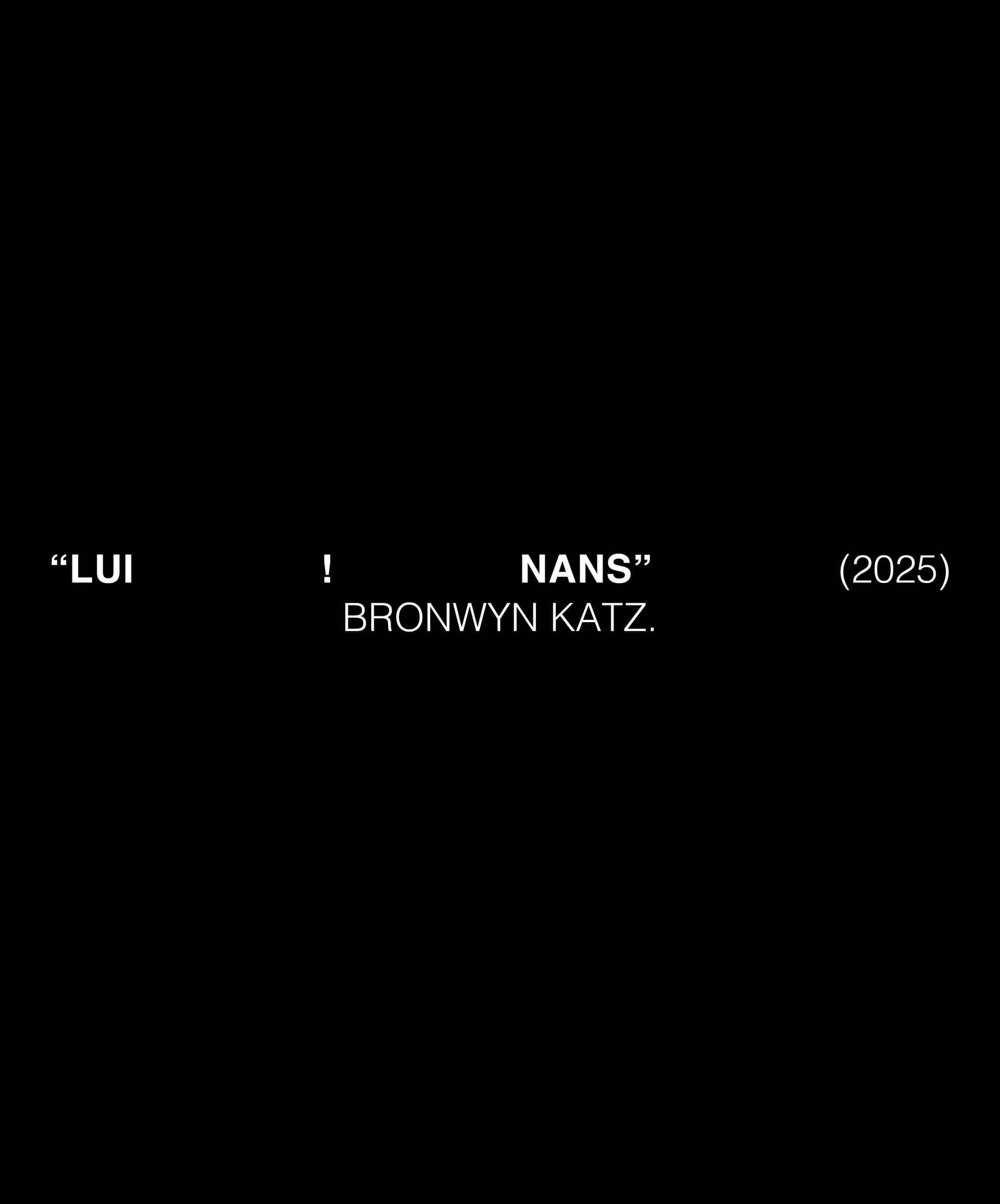
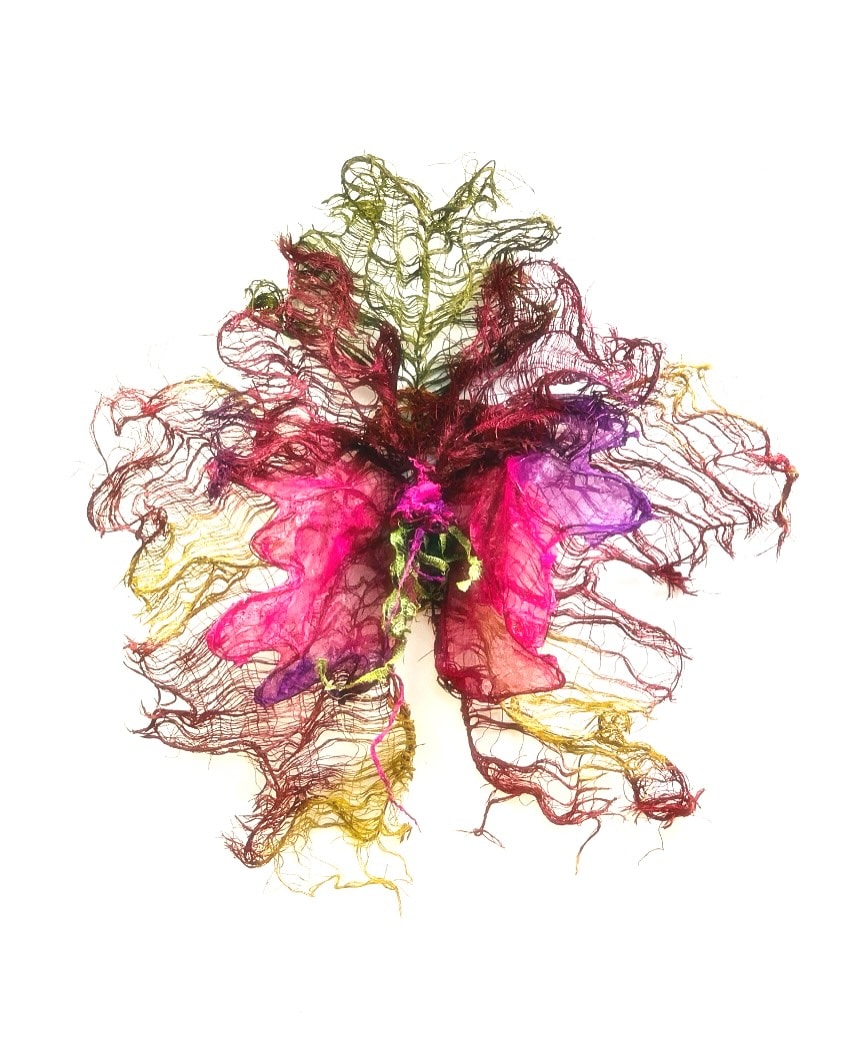
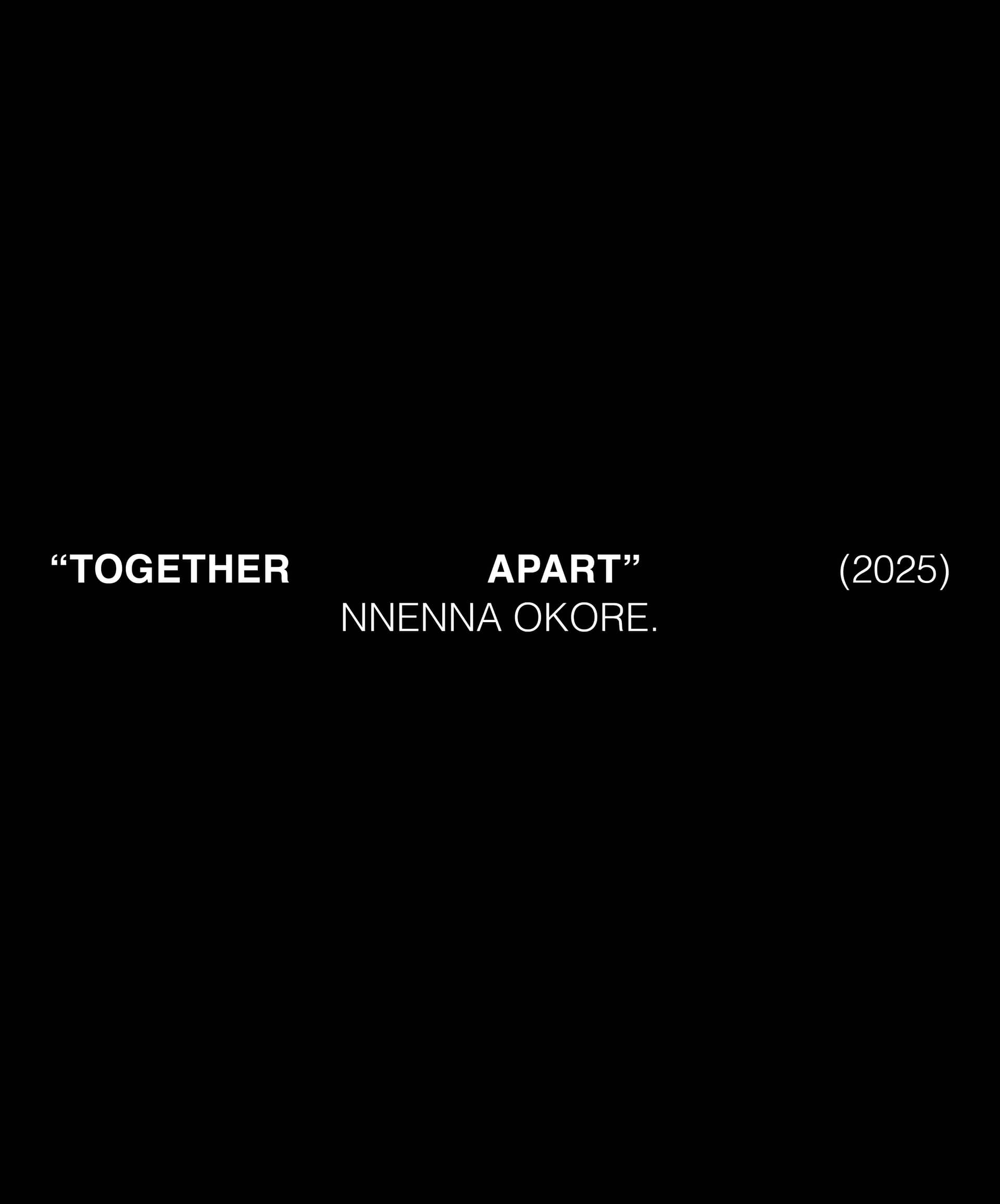
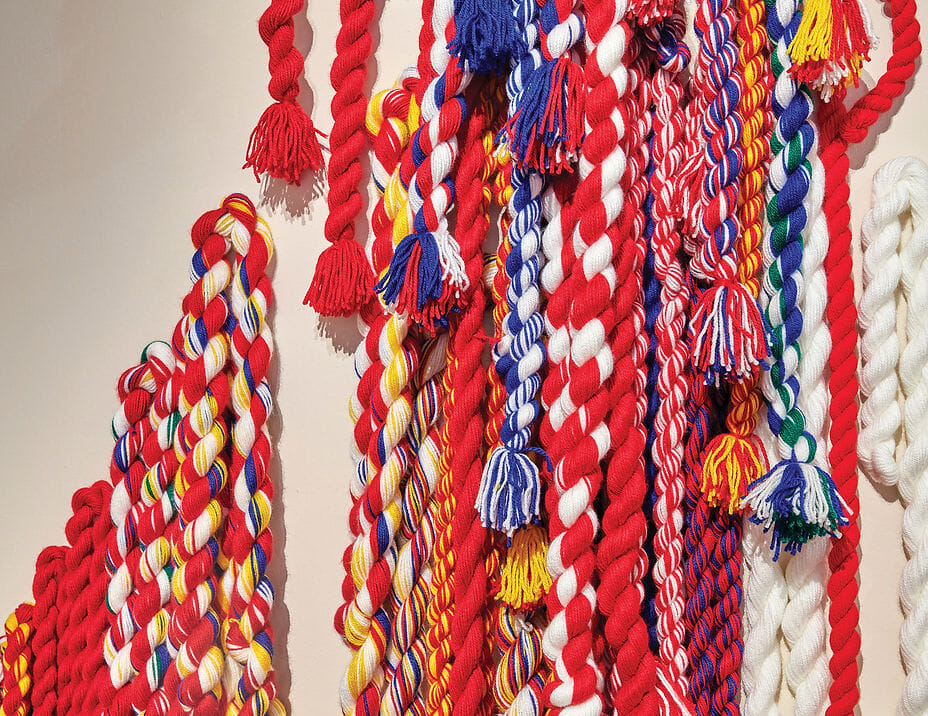
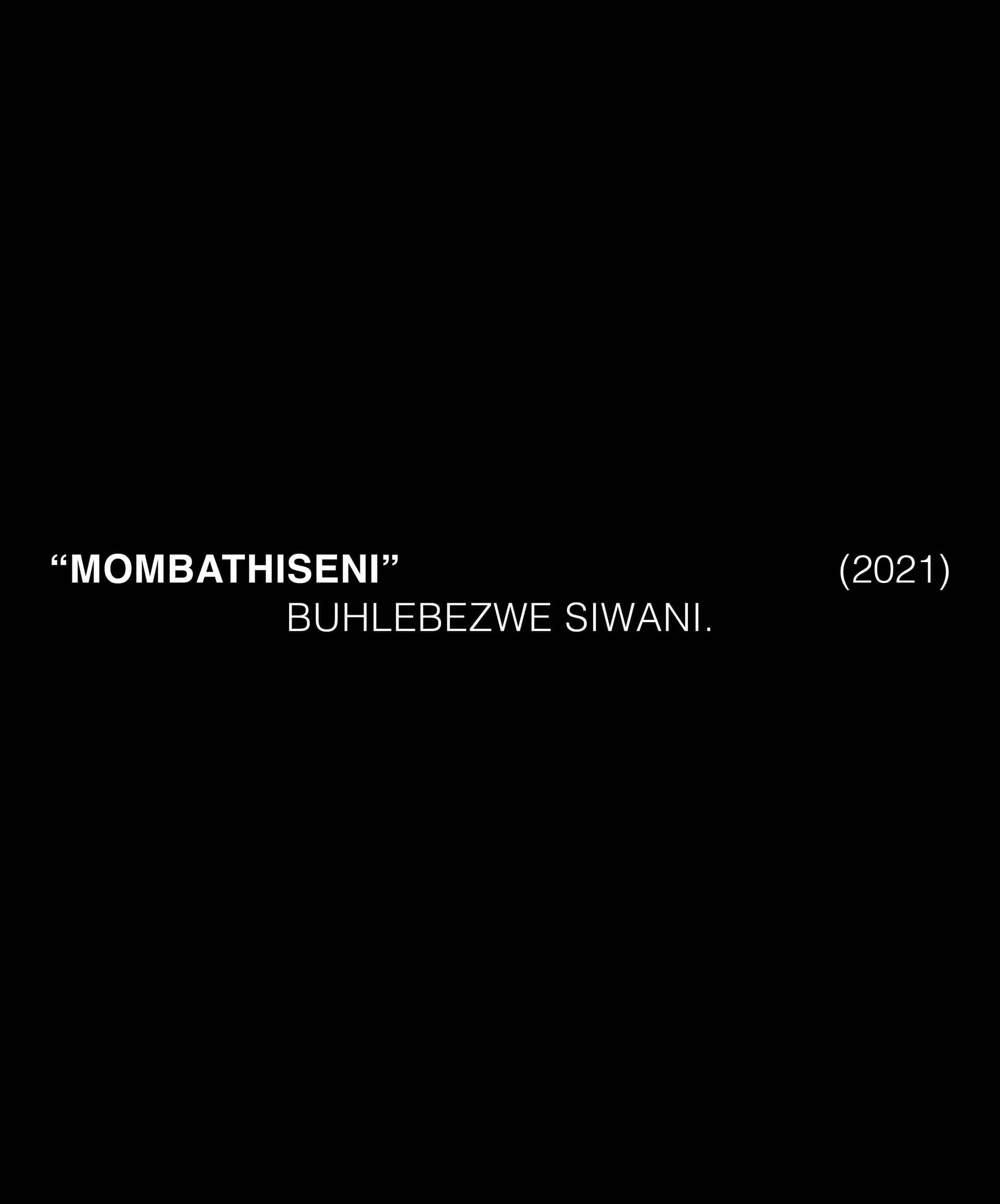
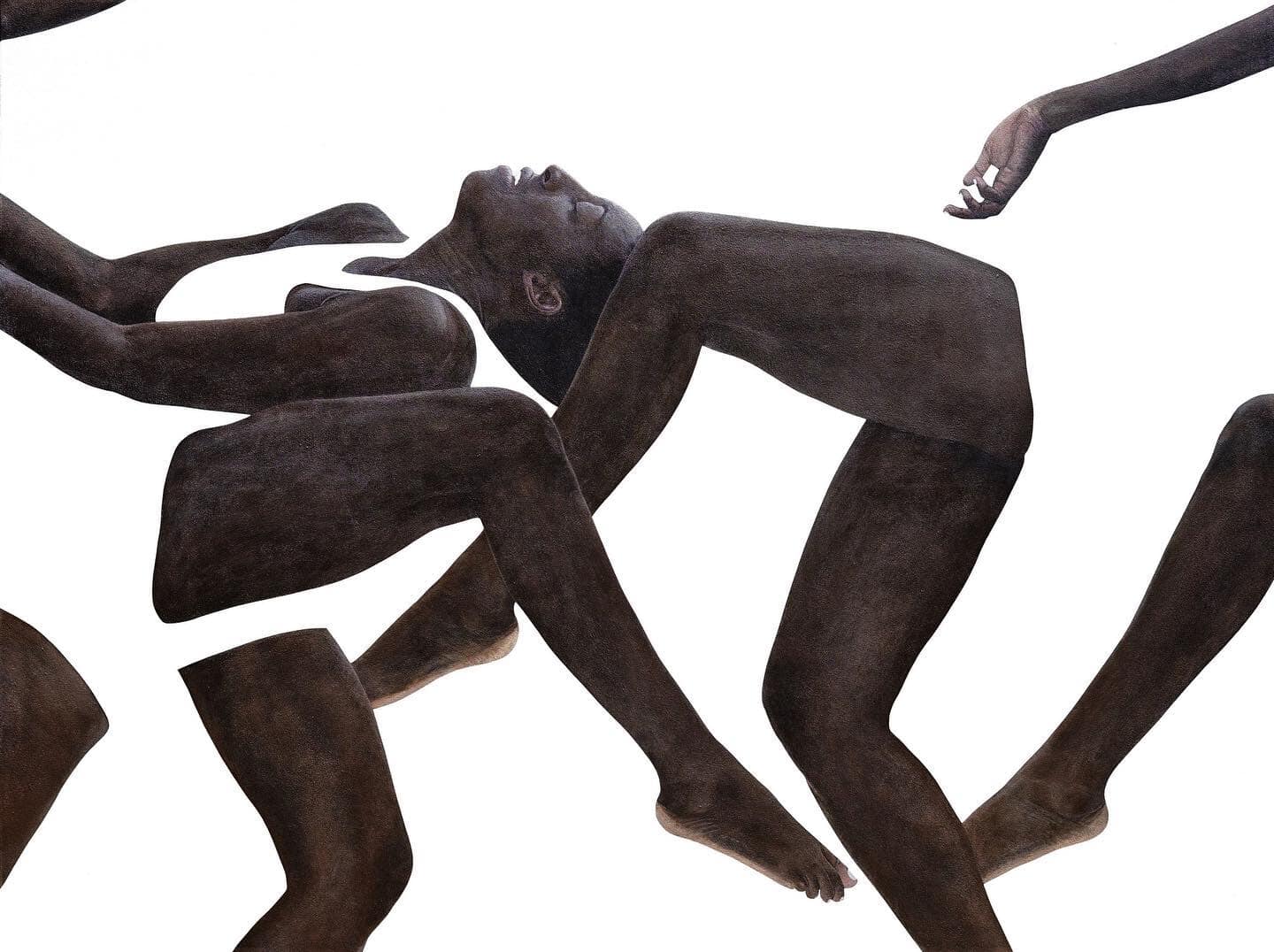
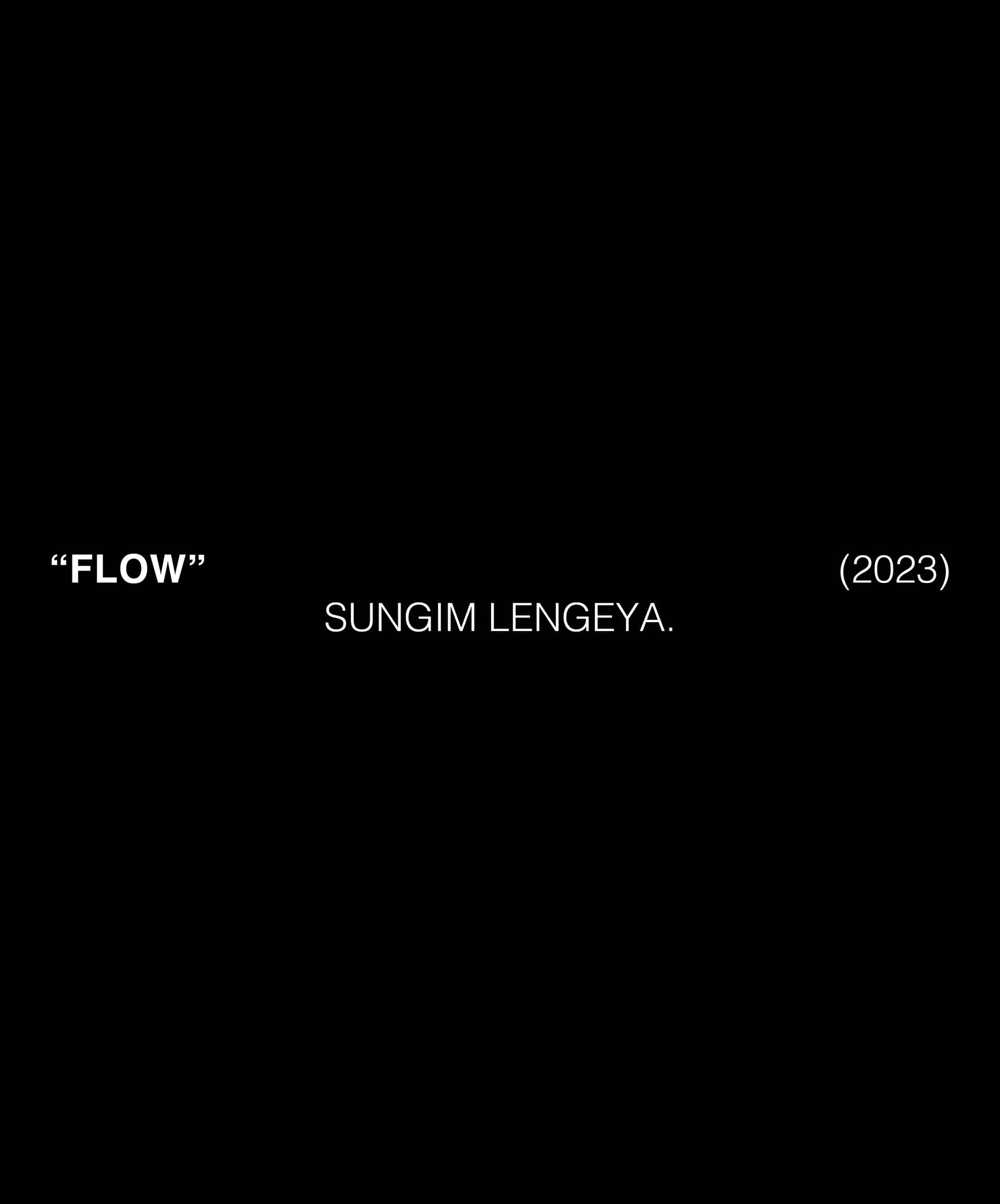
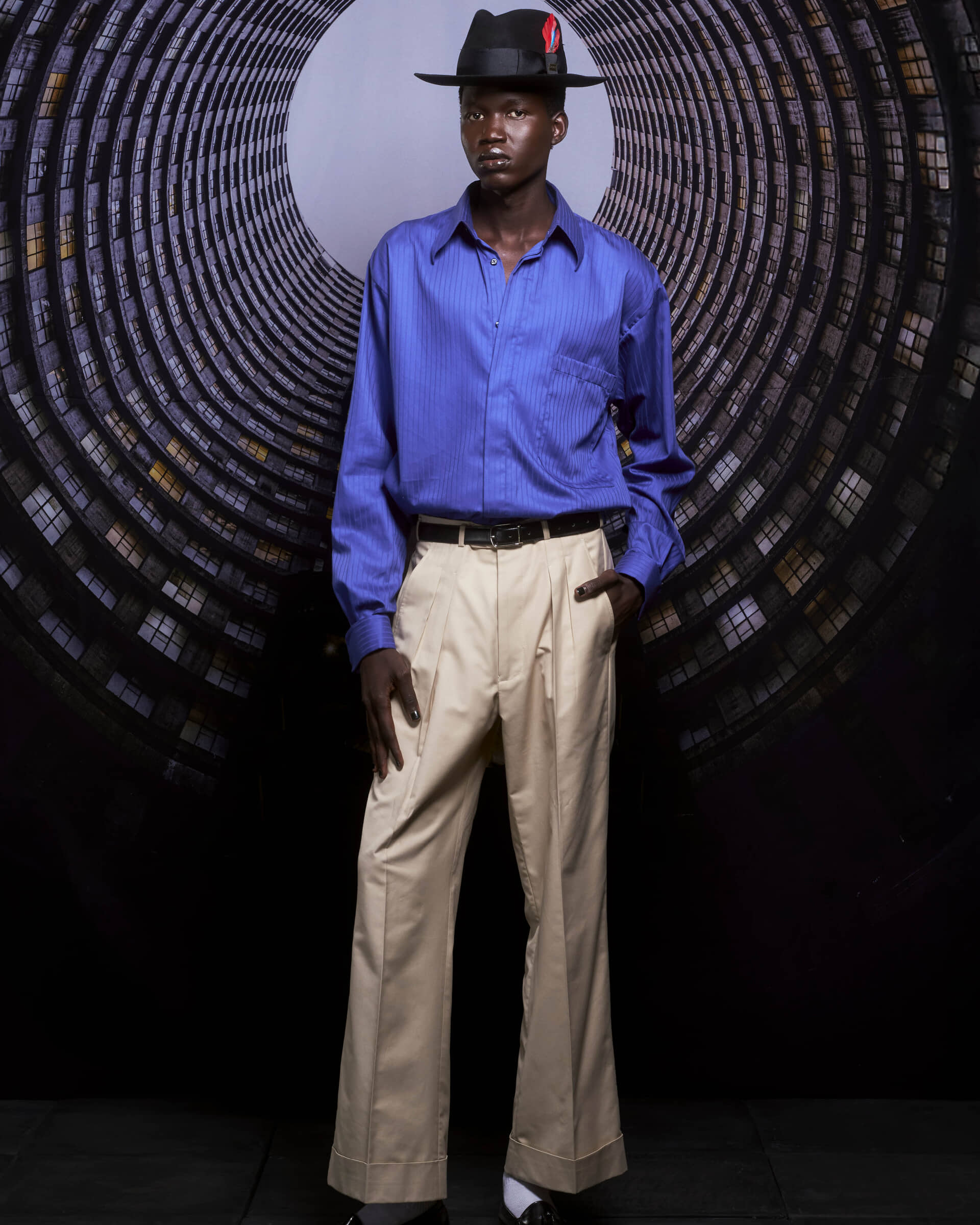



Recent Comments